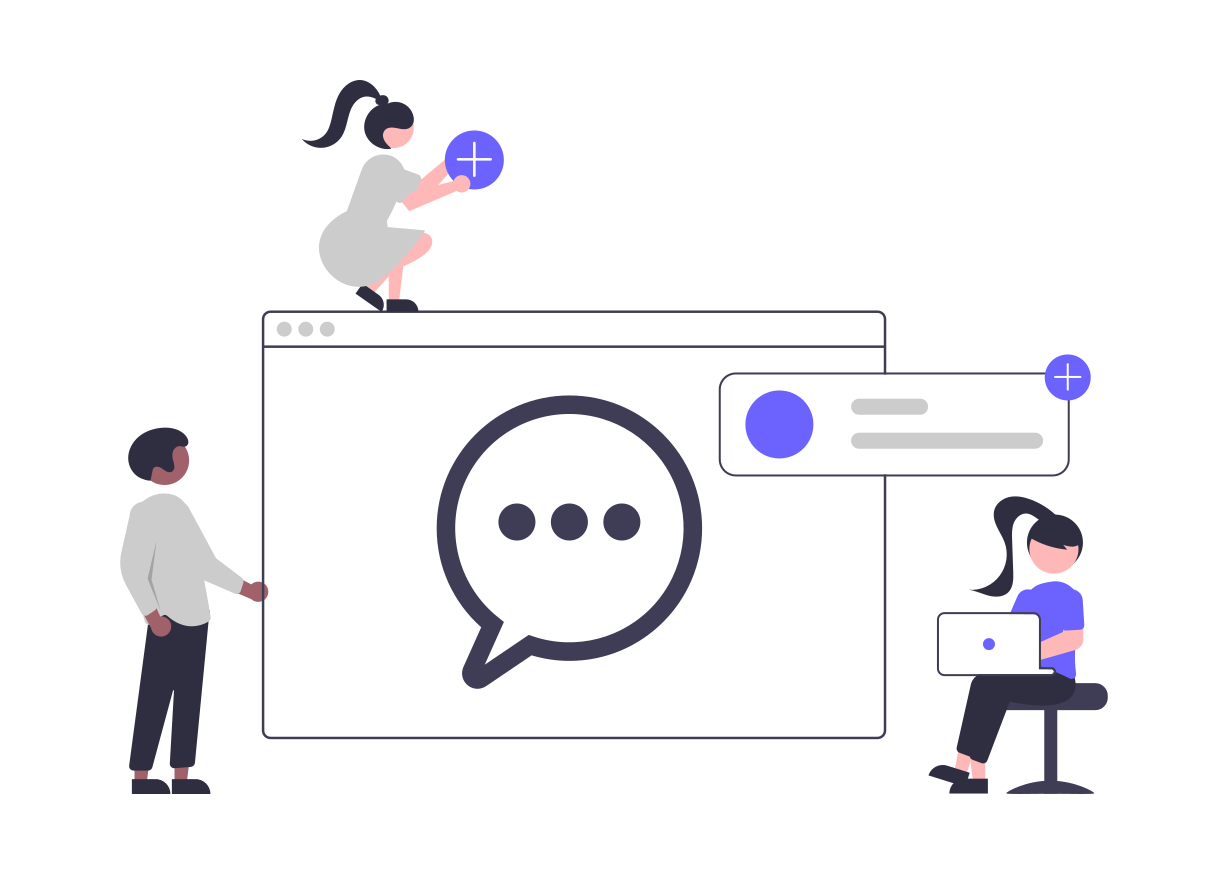Behavioral segmentation has long been a cornerstone of effective marketing strategies. By analyzing customer behaviors, marketers can create more personalized and targeted campaigns, improving engagement and conversion rates. As account-based marketing (ABM) continues to evolve, the role of behavioral segmentation is becoming increasingly sophisticated, driven by advancements in technology and data analytics. In this blog, we'll explore the future trends in behavioral segmentation for ABM and how these trends are set to revolutionize the way marketers engage with their target accounts.
1. AI-Driven Behavioral Analytics
The integration of artificial intelligence (AI) into behavioral segmentation is transforming the landscape of ABM. AI algorithms can analyze vast amounts of data in real-time, identifying patterns and predicting future behaviors with unprecedented accuracy. This enables marketers to create highly personalized campaigns that resonate with individual account needs and preferences.
Example: AI can track how users interact with various touchpoints, such as emails, social media, and websites, to predict which accounts are most likely to convert and what messages will be most effective.
2. Predictive Segmentation
Predictive segmentation uses machine learning models to anticipate future behaviors based on historical data. This trend is gaining traction as it allows marketers to proactively engage with accounts that show a high likelihood of progressing through the sales funnel. By understanding potential future actions, businesses can tailor their strategies to nurture these accounts effectively.
Example: A predictive model might identify that certain behaviors, such as frequent visits to a pricing page, correlate with high conversion rates, prompting the marketing team to prioritize these accounts for personalized outreach.
3. Real-Time Personalization
As customer expectations for immediate and relevant experiences grow, real-time personalization is becoming crucial. Behavioral segmentation now leverages real-time data to adjust marketing messages on-the-fly, ensuring that each interaction is as relevant and impactful as possible.
Example: If an account shows interest in a specific product feature during a website visit, real-time personalization can dynamically update the content to highlight that feature in subsequent interactions.
4. Multi-Channel Integration
Future behavioral segmentation will seamlessly integrate data from multiple channels, providing a holistic view of account behaviors. This unified approach ensures consistent and coherent messaging across all touchpoints, enhancing the overall customer experience.
Example: By integrating data from social media interactions, email responses, and website visits, marketers can create a comprehensive profile of each account, tailoring their messaging to align with the account's journey across all channels.
5. Intent Data Utilization
Intent data, which indicates a prospect's readiness to purchase, is becoming a vital component of behavioral segmentation. By analyzing signals such as content consumption and online research behaviors, marketers can identify high-intent accounts and prioritize them for targeted campaigns.
Example: Analyzing which whitepapers or case studies an account has downloaded can provide insights into their current needs and stage in the buying process, allowing for more targeted follow-up communications.
6. Enhanced Data Privacy and Ethics
With growing concerns around data privacy, future trends in behavioral segmentation will emphasize ethical data usage and compliance with regulations such as GDPR and CCPA. Marketers will need to balance personalization with privacy, ensuring that data is used responsibly and transparently.
Example: Implementing consent management tools that allow accounts to control their data and how it's used can help build trust and ensure compliance with data protection regulations.
7. Customer Journey Mapping
Advanced customer journey mapping will become integral to behavioral segmentation. By mapping out the entire customer journey, marketers can identify key touchpoints and optimize them to guide accounts towards conversion more effectively.
Example: Journey mapping can reveal that certain accounts frequently drop off after initial engagement, prompting marketers to implement strategies such as retargeting or personalized follow-ups to re-engage these accounts.
8. Segment of One Marketing
The concept of the "segment of one," where each account is treated as its own unique segment, is gaining momentum. This approach leverages detailed behavioral data to create highly individualized marketing strategies that cater to the specific needs and preferences of each account.
Example: Personalized email campaigns that use dynamic content to address the specific challenges and interests of a single account can significantly increase engagement and conversion rates.


